Railway Industry
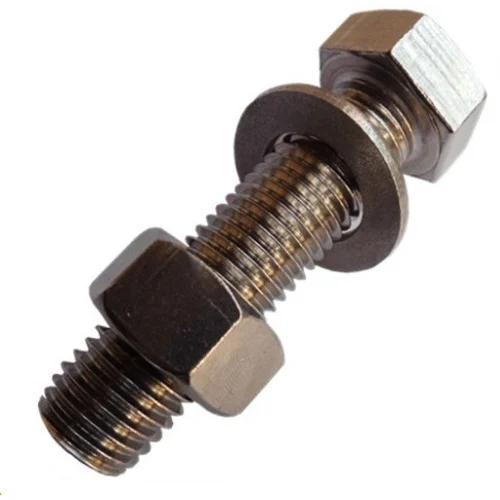
Mild Steel Hex Head Bolts & Nuts
Mild steel hex bolts are fasteners used for joining two or more components together. They are made from mild steel, a low-carbon steel known for its strength, affordability, and ease of machinability.MS hex bolts have a hexagonal head, providing six sides that can be easily gripped and turned with a wrench or socket. Mild steel hex bolts offer moderate strength suitable for many general-purpose applications.MS hex bolts find application in various industries and projects, such as construction, automotive, machinery, and general repairs. They are used to securely fasten components together, including metal-to-metal or metal-to-wood connections.When using MS hex bolts, it is important to consider the specific requirements of the application, including load, environment, and corrosion resistance. Selecting the appropriate bolt size, thread type, and torque is crucial for ensuring a reliable and secure connection.
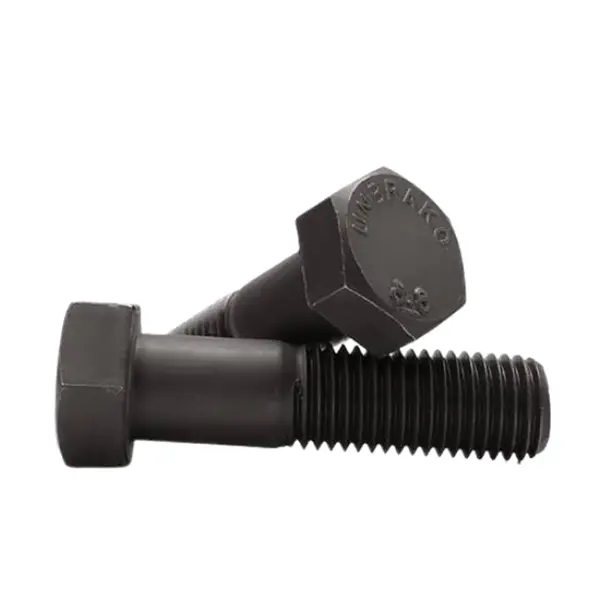
High Tensile Fasteners
In the wagon industry, high tensile fasteners are commonly used in various applications to ensure strong and reliable connections between different components of the wagons. These specialized fasteners offer the necessary strength and durability required to withstand the demanding conditions that wagons encounter during their service life. High tensile bolts and nuts are used to assemble the chassis and frame of the wagon. High tensile bolts and nuts are used in the suspension systems of wagons to hold together various components, such as springs, shock absorbers, and linkages. Fasteners with high tensile strength are used to secure braking components in place, ensuring efficient and reliable braking performance when needed. High tensile bolts and nuts are used to join together the panels and body components of the wagon. They help maintain the structural integrity of the wagon’s body while also resisting vibrations and external forces.
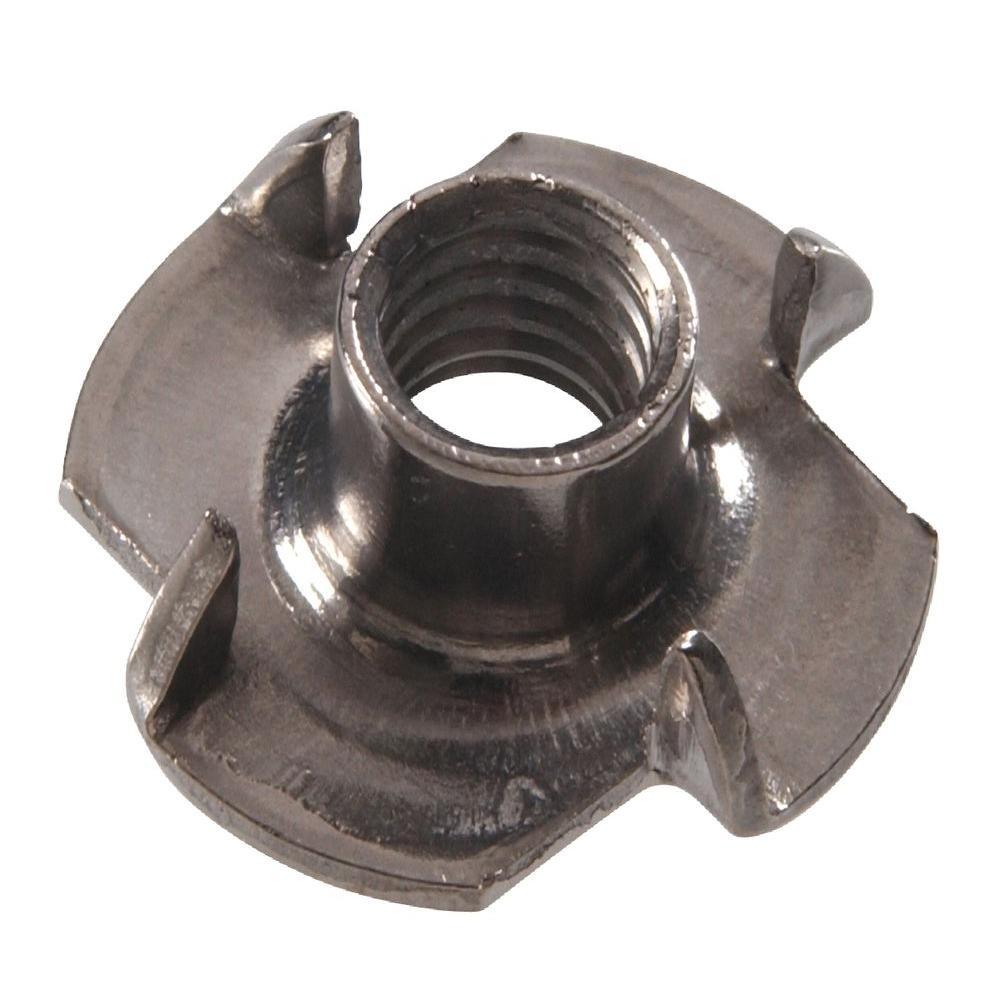
Tee Nut
A tee nut is a type of fastener that has a flange with prongs or stakes that can be hammered into wood. It provides a strong internal thread that can be used to attach furniture legs, headboards, or other components. Tee nuts are ideal for applications where the wood is too thin or soft to hold screws or bolts. To install a tee nut, you need to drill a hole in the wood, insert the tee nut with the flange facing up, and tap it with a hammer until it is flush with the surface. Then you can screw in the furniture leg or other part using a threaded rod.
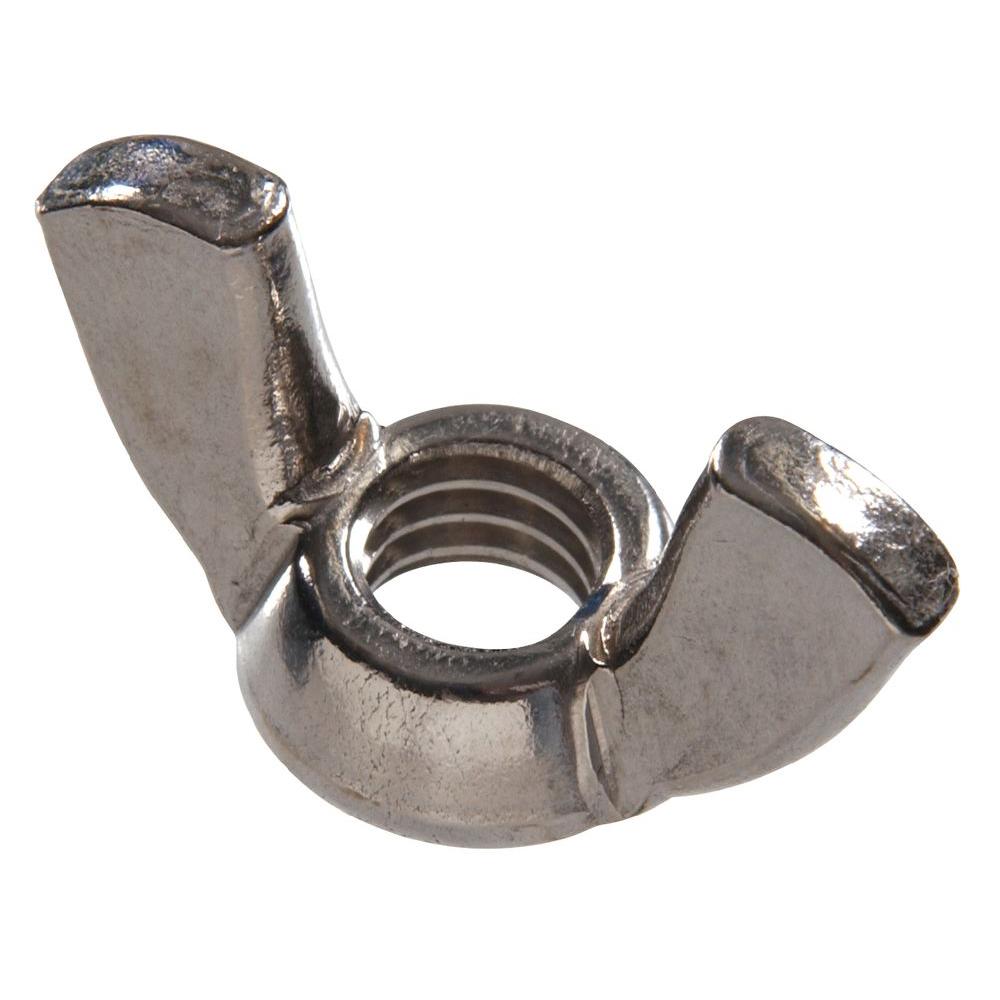
Wing Nut
In the railway industry, a wing nut is a type of fastener that can be used in various applications, though it is less common than other types of nuts and bolts. Here's how wing nuts might be utilized: Applications of Wing Nuts in the Railway Industry Temporary Fastening: Wing nuts can be used for applications where components need to be quickly assembled or disassembled. For example, they might be used in temporary track alignment or maintenance setups where frequent adjustments are needed. Railway Maintenance: In some cases, wing nuts might be used in maintenance or repair work on railway components, such as securing panels, covers, or other removable parts. Their easy-to-grip "wings" make them convenient for manual adjustment without specialized tools. Signage and Equipment: Wing nuts can also be found in supporting infrastructure such as signage or equipment brackets, where quick adjustments or removals might be necessary.
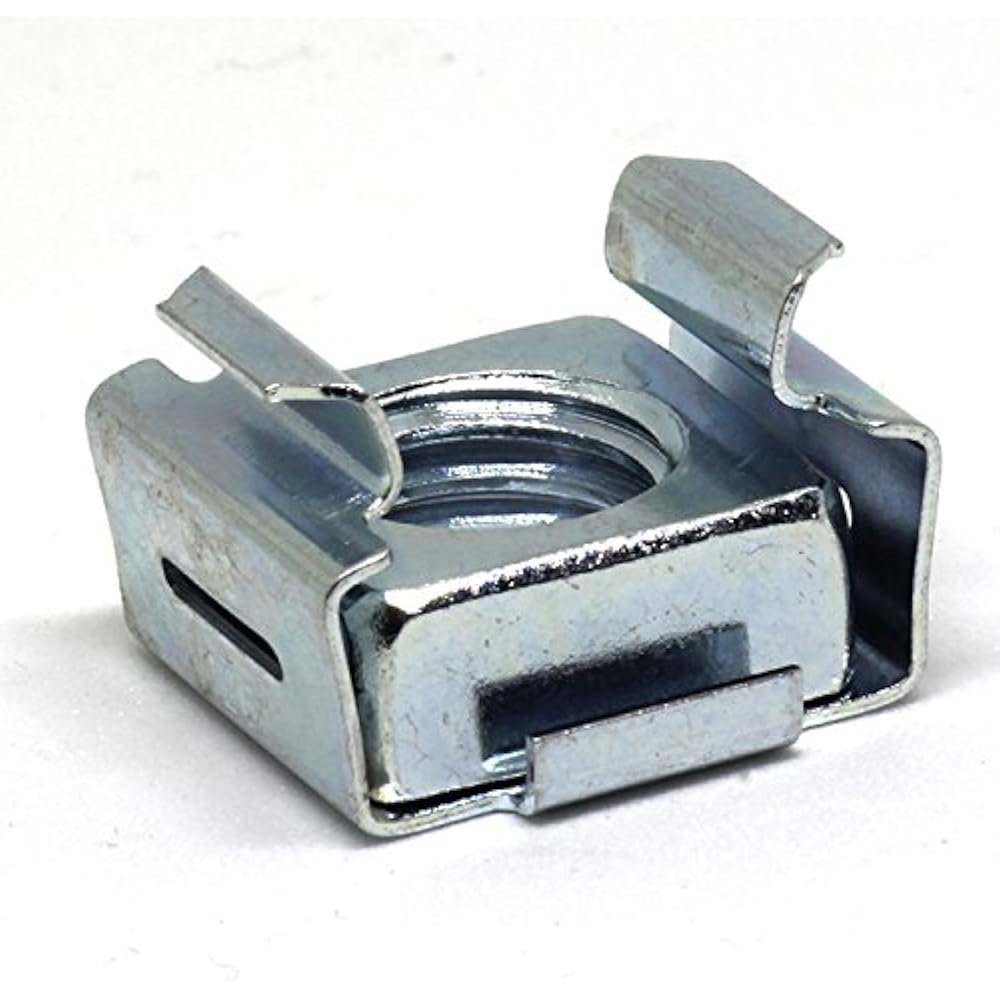
Cage Nut
A cage nut is a type of nut that has a spring steel cage around it. The cage allows the nut to be inserted into square holes, such as those found in furniture frames or racks. Cage nuts are useful for attaching different types of rails or shelves to furniture, or for mounting equipment in server racks. They offer some advantages over threaded holes, such as allowing more choice of nut and bolt size, and being replaceable if the threads are damaged.
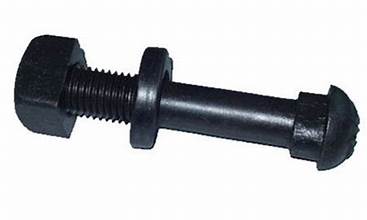
Fish Bolt
Fish bolt is used for connecting the rail ends with the help of rail joints. Each rail joint needs at least two fish bolts according to the rail standard, and the bolt should be in proper size and suitable place. Rail bolt is usually used with spring washer and nut to fasten the rail tightly. The size of rail bolts varies as the variation of the rails or fish plate. Fish bolts can be classified into many types such as BHON fish Bolt, Cup Head Oval Neck Fish Bolt, Heavy Hex Head Frog Bolts, Anchor Bolt, Tunnel Bolt, etc
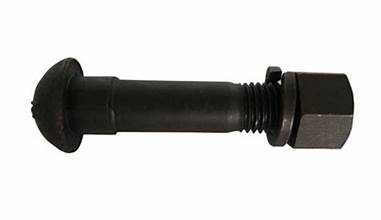
Cup Head Oval Neck Fish Bolt
In the railway industry, "Cup Head Oval Neck Fish Bolt" is a specific type of hardware used in track maintenance and construction. Here's what each part of the term refers to: Cup Head: This describes the shape of the bolt's head. It is typically rounded and somewhat resembles a cup, designed to fit snugly into a corresponding recess. Oval Neck: This refers to the shape of the bolt's shank or neck, which is oval rather than round. This design helps to prevent rotation of the bolt once it is tightened. Fish Bolt: This is a type of bolt used in rail track construction. It is named for its use with fishplates (also known as rail joint bars), which connect two sections of rail together. So, a Cup Head Oval Neck Fish Bolt is a specific type of fishbolt used to secure rails together with fishplates. The "cup head" allows for a more secure fit, and the "oval neck" provides stability and prevents the bolt from turning once installed. These bolts are crucial for maintaining the integrity and alignment of railway tracks.
Content Goes Here….


